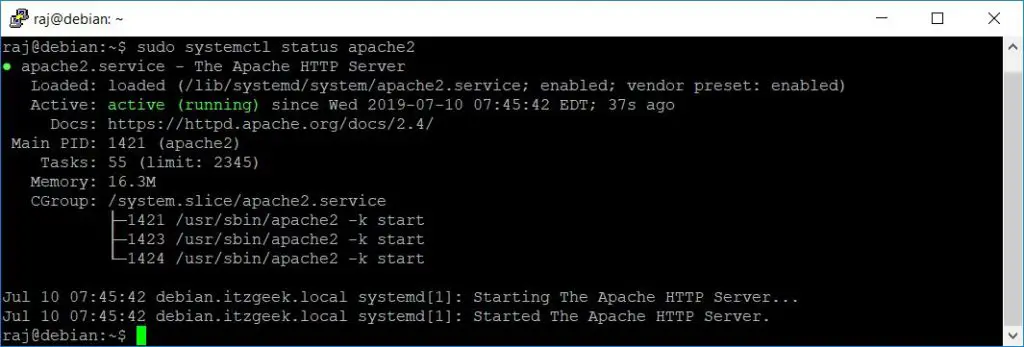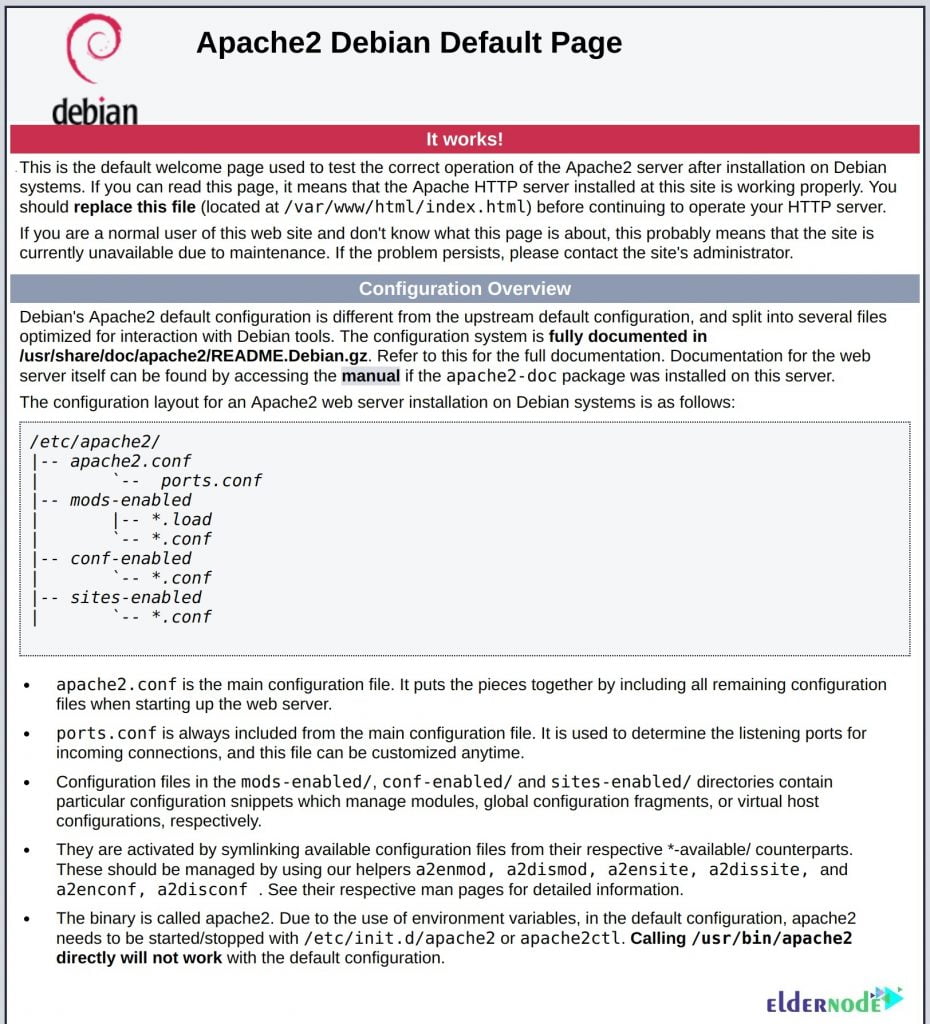


In your terminal, use the following command to begin the installation. Many Ubuntu users would know his PPA, and you can do the same in Debian. To maintain the most up-to-date Apache web server, install the package from the Ondřej Surý’s repository.


However, this can often be lagging in updates unless an urgent security update has been pushed. By default, this is featured on Debian 11’s default repository. To kickstart the LAMP stack installation, you will need to install the Apache 2 (HTTPD) webserver. sudo apt-get install software-properties-common dirmngr ca-certificates apt-transport-https nano wget curl -y Install Latest Apache – (LAMP Stack) Your website is now ready for customization.The first step is to install the dependencies needed during the installation, use the following command to install or check that they are present. Sudo apt install php8.0 php8.0- \ Your site is readyĪccess your instance's public IP address on a web browser to see the default webpage. Run the following commands to install PHP: sudo apt-get install software-properties-common You install PHP 8.0 by enabling third-party repositories. PHP 8.0 isn't present by default in most distributions. Note: The following steps install PHP 8.0, which is the latest supported PHP package version. Run the following commands to install the Apache web server: sudo yum update -y Run the following commands to install the Apache web server: sudo apt update -y These include Ubuntu 20.04, Ubuntu 18.04, Debian 10 and 9, and CentOS 8 and 7.įor information on installing a LAMP stack on Amazon Linux 2, see Tutorial: Install a LAMP web server on Amazon Linux 2.įor information on installing a LAMP stack on Amazon Linux, see Tutorial: Install a LAMP web server on the Amazon Linux AMI. Note: The resolution steps cover most of the major Linux distributions available under the OS Only option in Amazon Lightsail.


 0 kommentar(er)
0 kommentar(er)
